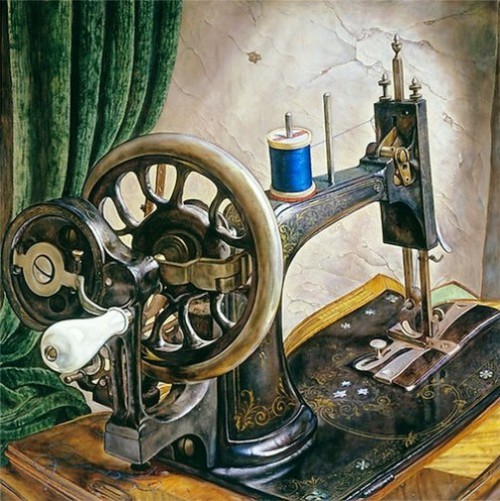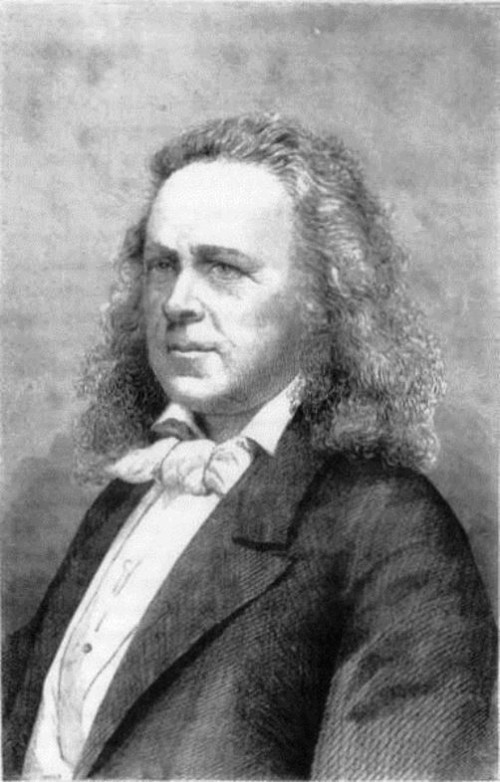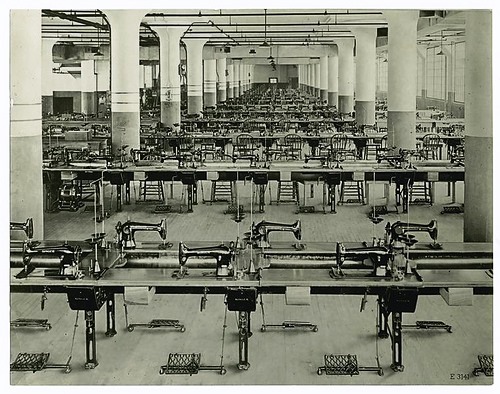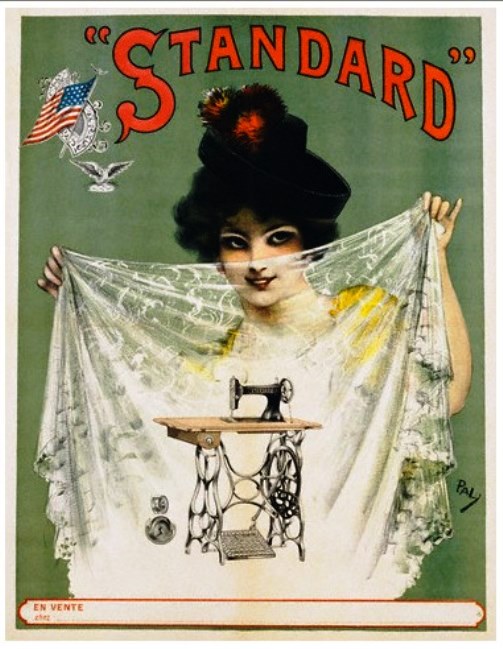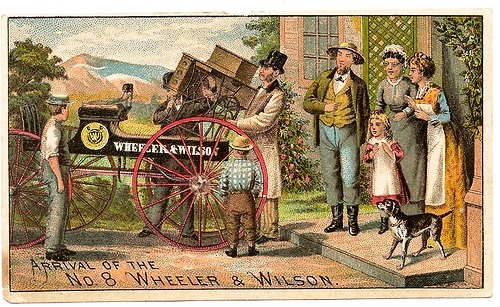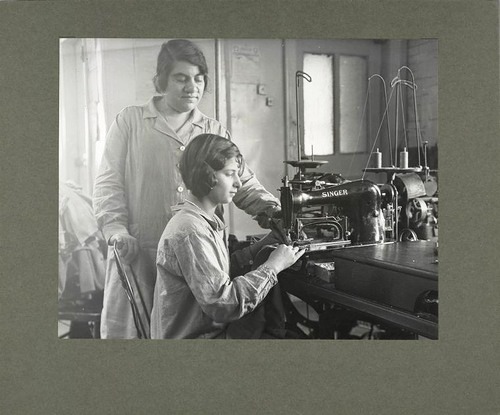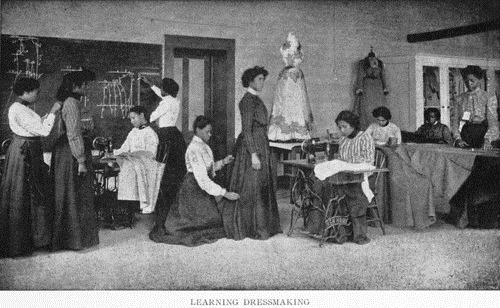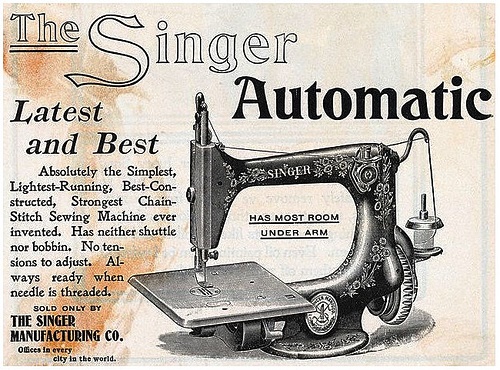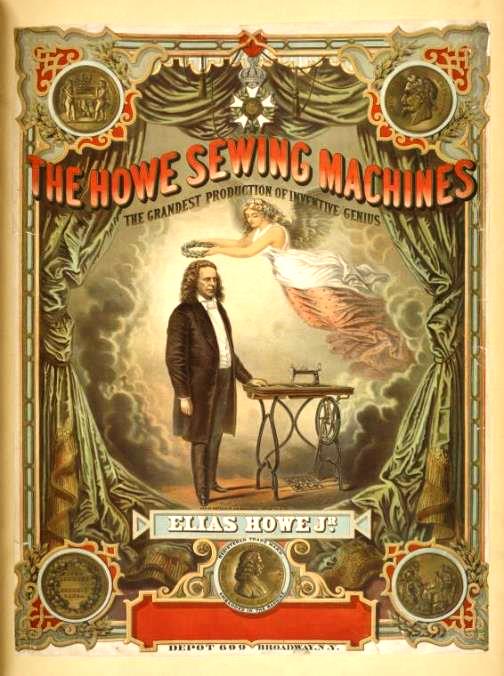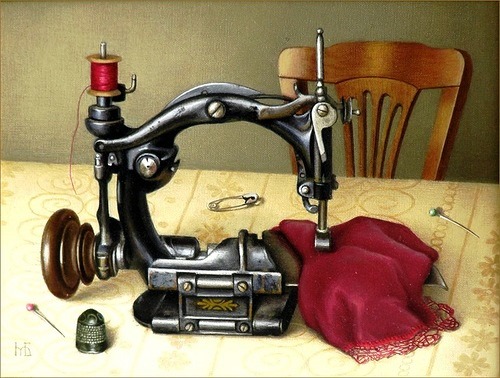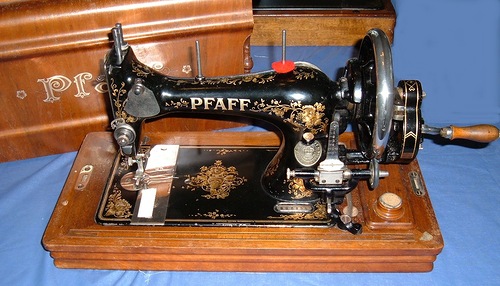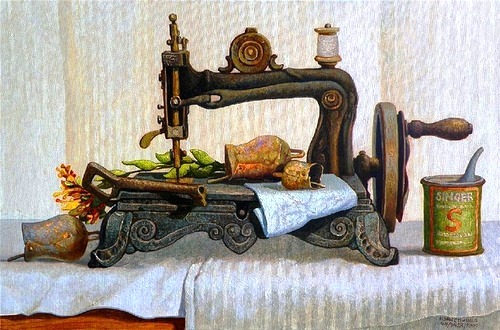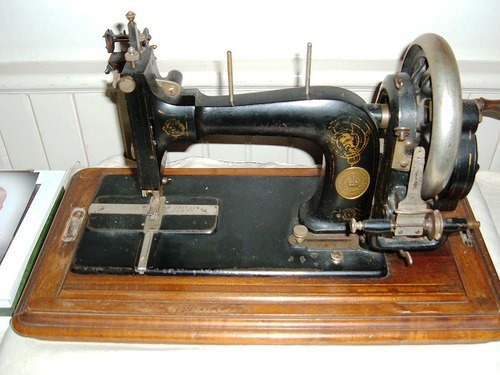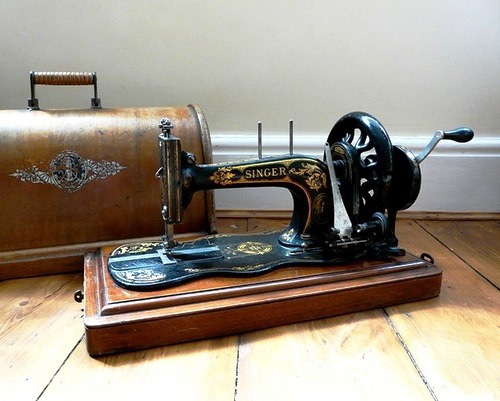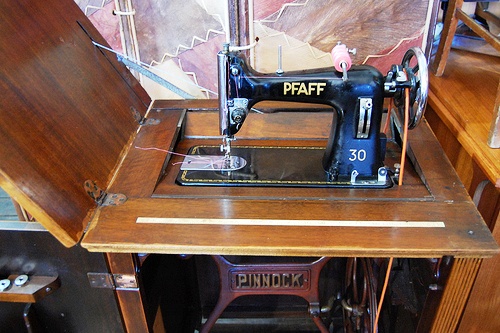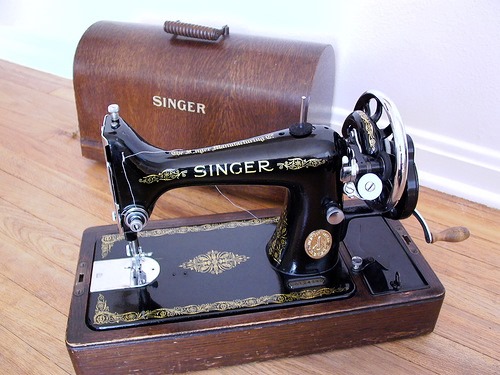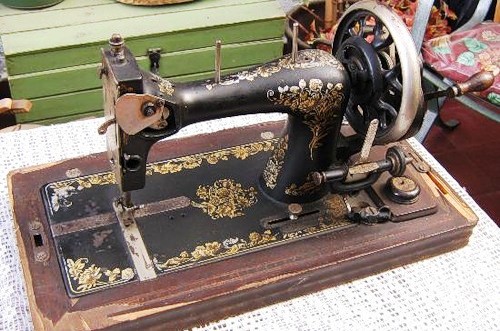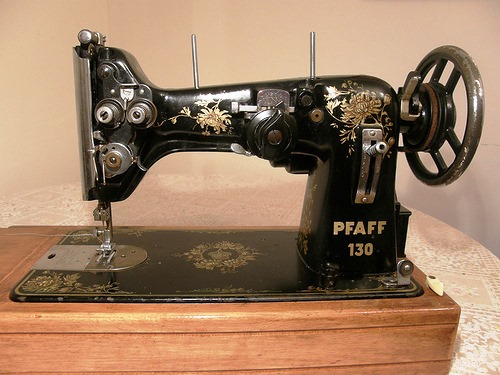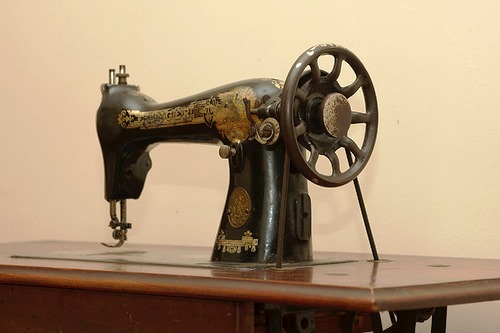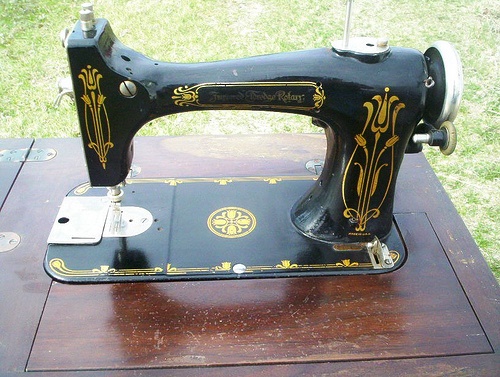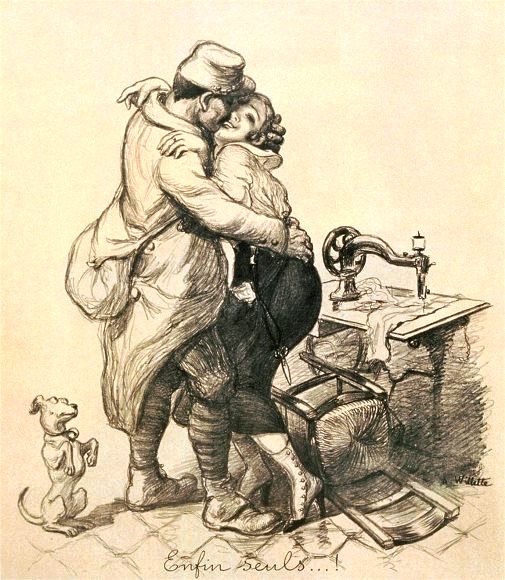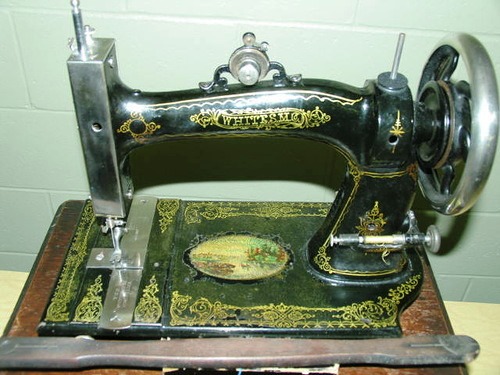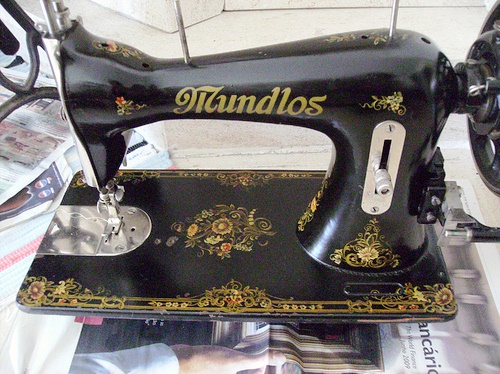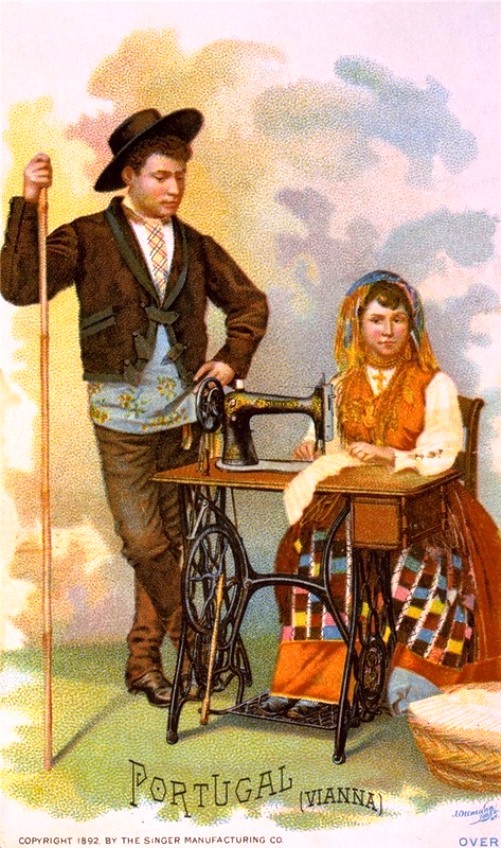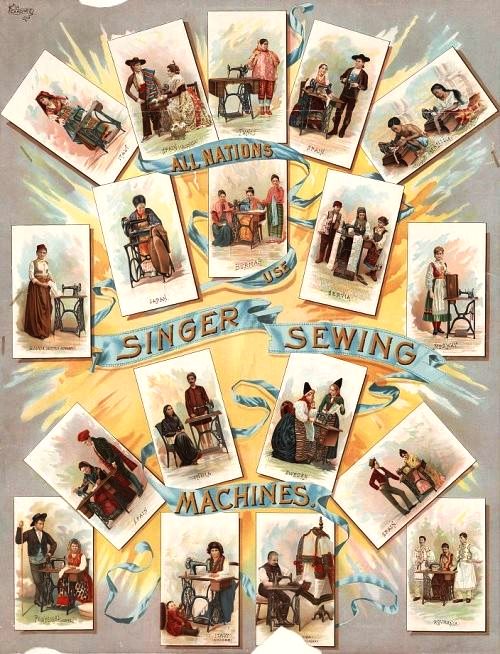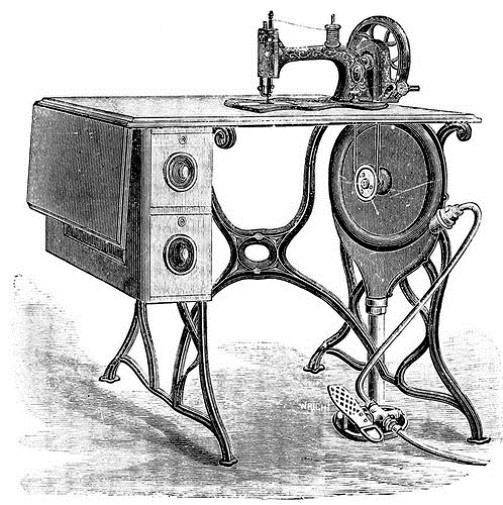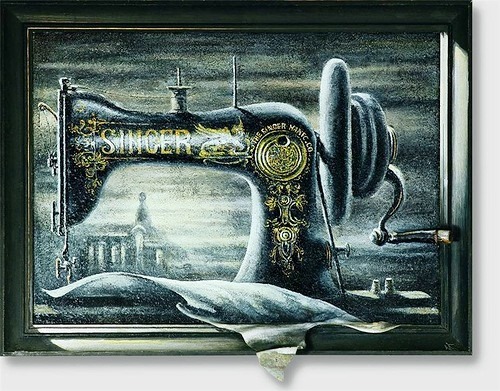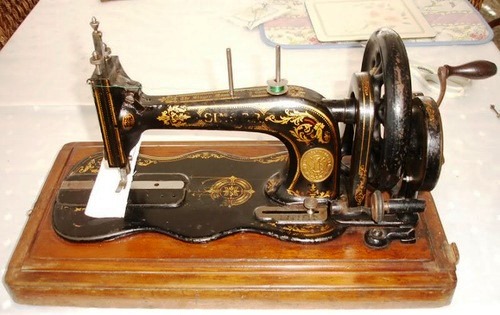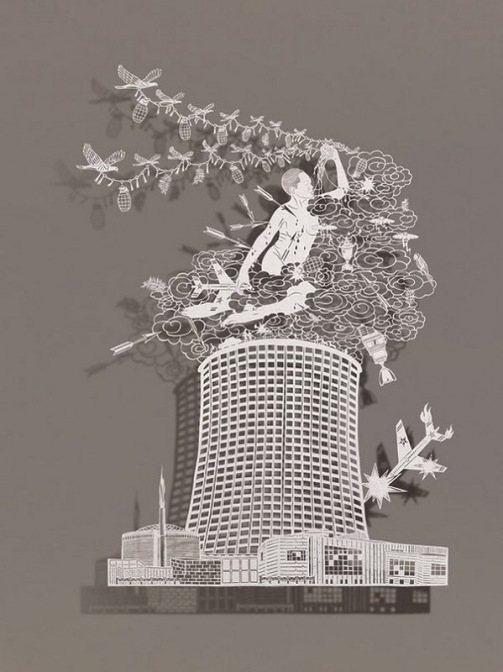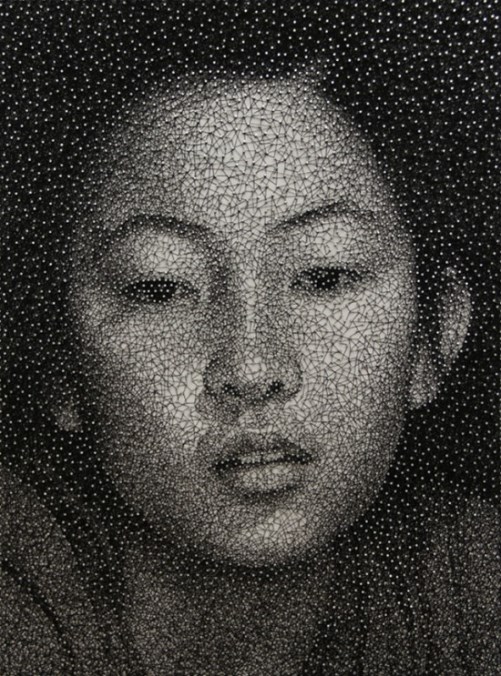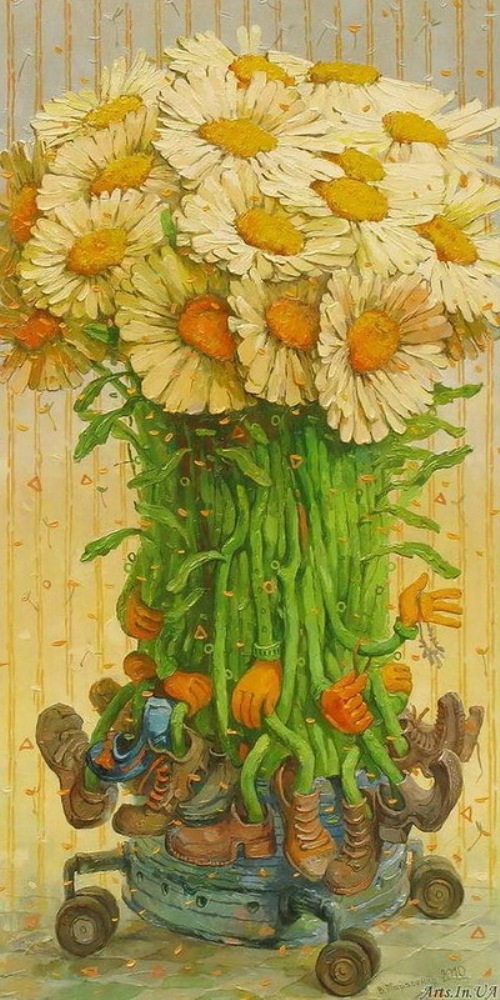Invention of Sewing Machine
Invention of Sewing Machine
Interestingly, Leonardo da Vinci himself drew the first sketch of the Sewing Machine in the 15th century. However, only in 1755 German Karl Veyzental received a patent for a sewing machine, copying the formation of stitches by hand. Meanwhile, in 1790 the Englishman Thomas Saint invented the sewing machine for sewing boots. The machine had a manual transmission, billet boots moved relative to the needle arm. Improved machine-ply weave of the chain was founded by Frenchman B. Timoney.
The inventor of the sewing machine lockstitch was the American Elias Howe, he created it in 1845. The machine had a number of shortcomings, but it was more suitable for sewing than the previous machine inventors’.
The question “Who invented the sewing machine?” – The majority, do not hesitate to answer – Singer. Indeed, Singer machine is still regularly found in many families. And some may recall that Singer was granted a patent for its invention, from the entire set of details and one device: a needle with an eye at the bottom.
Brockhaus and Efron Encyclopedia reports that the first patent for a sewing machine for shoes was given to the Englishman Thomas Sung in 1790. Not the best designers were the British – Stone and Henderson, 1804. Needle with an eye near the sharp end was suggested Mandersperger in 1814, but he did not achieve success. The founder of modern sewing machine is considered to be an American Elias Howe. His machine was built in 1845, was designed very well and made up to 300 stitches per minute.
The most successful was Isaac M. Singer, resourceful businessman and a good engineer. Having made the machine quite valuable, he managed to expand its production not only in America but in Europe.
The first patent for the invention of the sewing machine was issued by the Englishman Charles T. Wiesenthal, in 1755, he received a patent for a needle that can be used for the sewing mechanism. The machine has not been established. It took another 34 years before the invention made by the Englishman Thomas SAINT. Critics pointed out that it is possible that SAINT patented the idea and most likely that the machine itself was never built. In the 1880s an attempt was made to reproduce the drawings of the machine SAINT, it appeared that it would not work without significant modification.
The story is transferred to Germany, where about 1810, the inventor Balthasar Krems invented a machine for sewing caps. Austrian tailor, Josef Madersperger invented a number of mechanisms in the early 19th century and was granted a patent in 1814. He was still working on the invention until 1839, the assistance provided by the Austrian government, but had not managed to bring together all the elements in one machine, and eventually died poor.
Two other inventions were patented in 1804, one in France, Thomas Stone and James Henderson – a machine that tried to imitate the hand-sewing, another Scott John Duncan for an embroidery machine, which used a lot of needles. Unfortunately, nothing is known about the fate of these inventions. In 1830 the Frenchman Timon Bartolome was awarded a patent by the French government, as he was given a government order for the party machine for sewing uniforms. By 1940, the ninth year had built a small factory, numbering 80 vehicles.
But angry tailors, sewing by hand, routed the factory, destroying all the cars. Timon with a new model went to England, where he founded the first factory to manufacture clothing. Unfortunately, he went bankrupt and died in poverty in 1957.
In 1845 the American Elias Howe receives a patent for a machine with the first shuttle mechanism. The disadvantage was low speed and poor stitching thread tension adjustment. The most successful machine was the machine Singer with so-called “swinging hook.”
In 1854, New York, Isaac Singer with Edward Clark established partnership “I.M.Zinger & Co.,” and in the State of New Jersey based factory of sewing machines. The company grew and developed. The secret of success lies not only in the popularity of the product itself, but also as a result of innovative marketing strategies. Many famous companies have come out at this time. In Germany it is “Pfaff”, “Veritas”, “Kaizer” and several companies are now unknown.
Williams and Orvis antique treadle sewing machine was first patented in 1858. Williams & Orvis was a Boston-based company that manufactured sewing machines for just a few short years from 1858 to the mid 1860’s. The machine was produced in two models with this being the first model.
